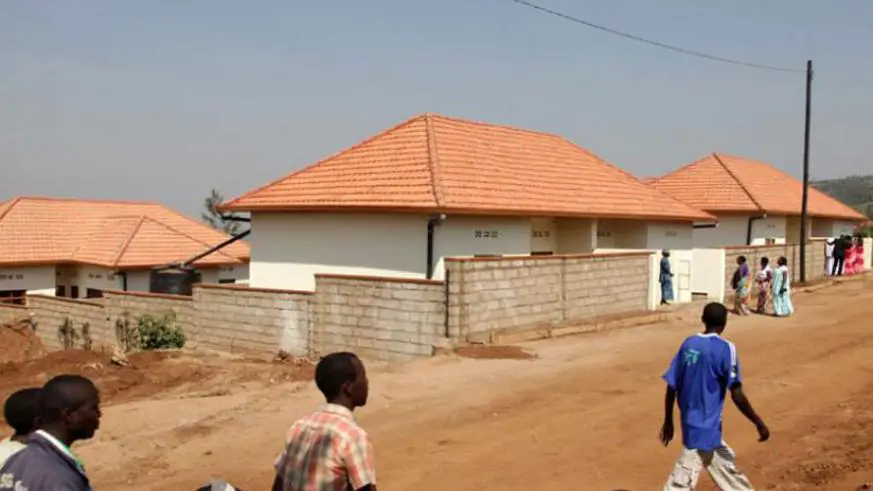The Government of Rwanda through the Development Bank of Rwanda commonly referred to by its French name “Banque Rwandaise de Développement” (BRD) in collaboration with the World Bank, and the Swedish International Development Cooperation Agency SIDA, have launched a subsidy window and Guarantee framework to provide credit facilities to SACCO’s, Banks and microfinance institutions that will lend the East African country low-income households in off-grid areas solar system loans.
The World Bank has hitherto approved a US$ 15M subsidy that is expected to benefit 182.927 households whereas SIDA has disbursed US$ 20M to spur the implementation of the scheme.
How the scheme works
Also Read: Rwanda energy access and quality improvement project receives financial boost
According to Kampeta Sayinzoga, the BRD CEO, the scheme does not cover 100% subsidy rather the beneficiaries are expected to contribute in the form of cash or pay as you go payments, with participating companies that will channel the subsidy to beneficiary households.
“The subsidy will base on Ubudehe categories where a beneficiary in category 1 of Ubudehe, will have a 90% percentage subsidy on a solar home system under 120 USD, 70% on the second category and 45% on the third category,” explained the BRD CEO.
She added that those working with Sacco’s will benefit from the guarantee framework where the solar home system itself will work as collateral, and female borrowers will have a 70% cover from the guarantee as men will have a 50% all with intends to uptake the renewable energy loans through partner financial institutions.
National agenda
This scheme is a part of the national agenda that by 2024, 100% of Rwandan homesteads should be connected to electricity with at least 52% and 48% connected to the national grid and off-grid systems respectively. Currently, only 55% of the entire households are connected to electricity with 40% of them connected to the National grid and 15% to off-grid systems.



